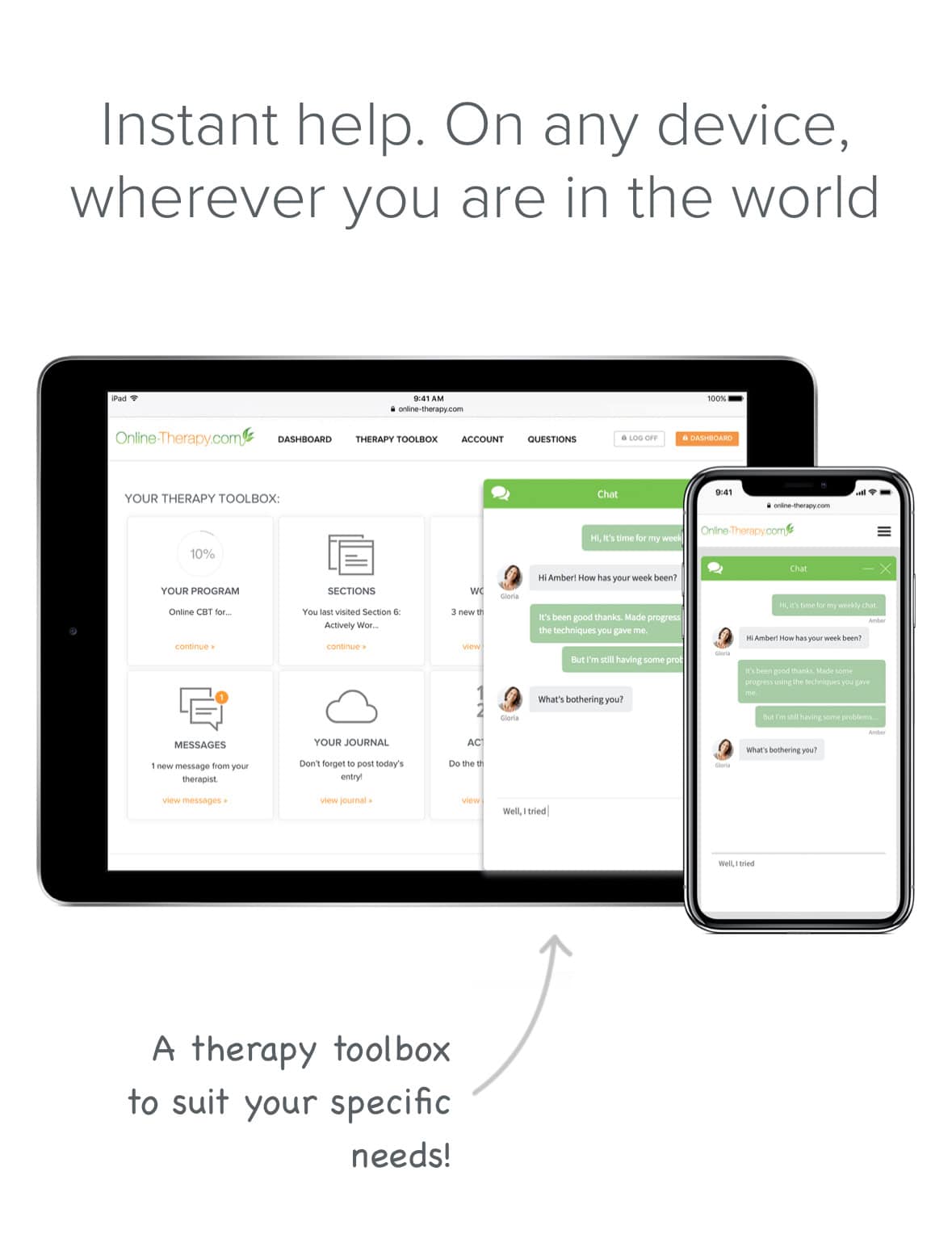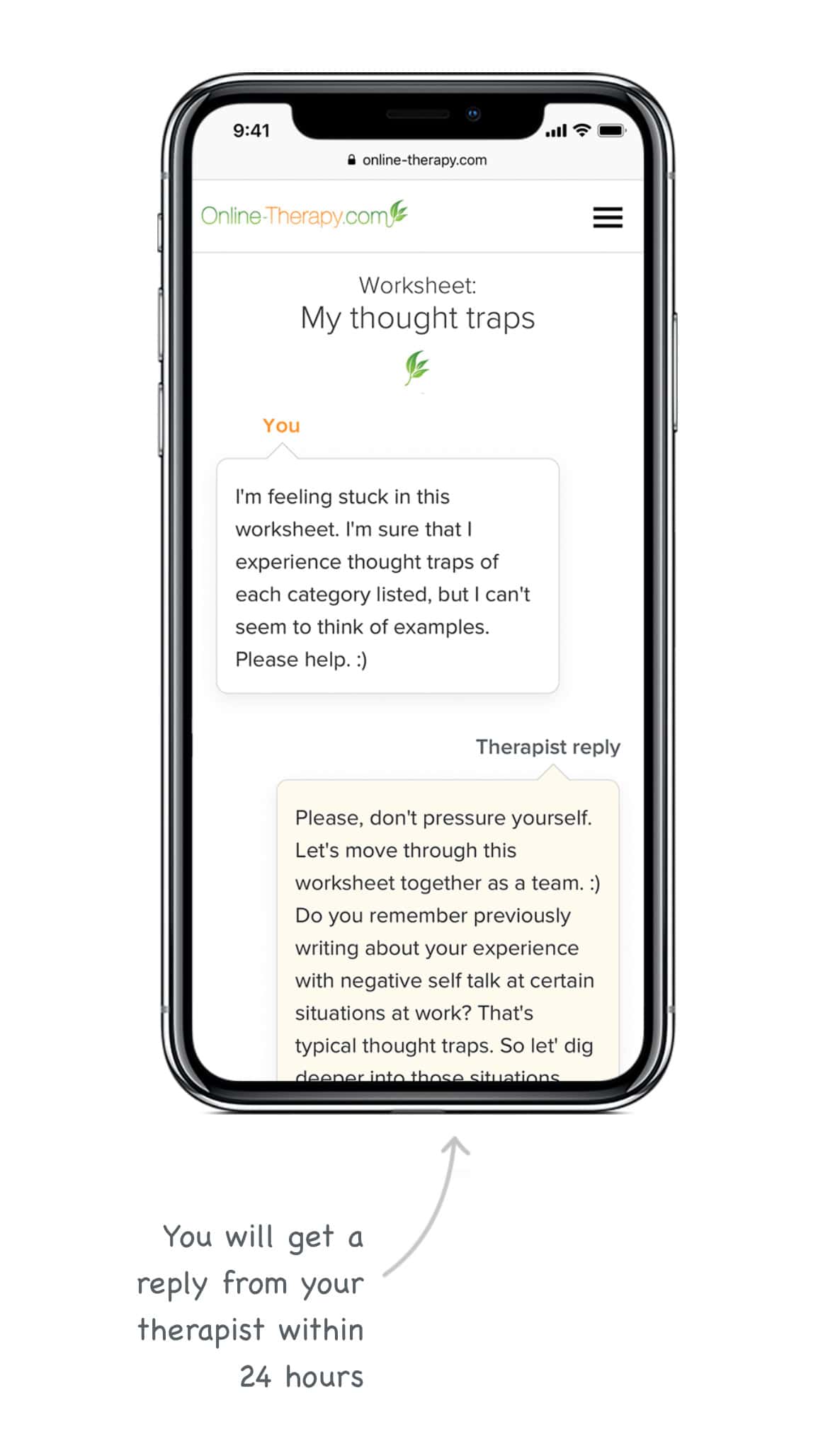Speech Anxiety Online Therapy: Overcoming Your Fear of Public Speaking

Public speaking is a common fear that affects many individuals, often leading to significant distress and avoidance behavior.
This fear, known as speech anxiety or glossophobia, can hinder personal and professional growth.
Thankfully, online speech therapy offers a convenient and effective solution for overcoming speech anxiety.
In this article, we will explore the benefits of online therapy for speech anxiety and how it can help you conquer your fear of public speaking.
Understanding Speech Anxiety
Speech anxiety is characterized by intense fear or anxiety related to speaking in front of an audience. This fear can manifest in various ways, including:
Physical symptoms: Sweating, trembling, rapid heartbeat, dry mouth, and nausea.
Emotional symptoms: Feelings of panic, dread, or intense worry.
Behavioral symptoms: Avoidance of speaking situations, excessive preparation, or reliance on notes.
The causes of speech anxiety can vary, including past negative experiences, perfectionism, or a lack of confidence. Regardless of the cause, the impact of speech anxiety can be profound, affecting one’s ability to communicate effectively and participate fully in social and professional settings.
The Benefits of Online Therapy for Speech Anxiety

Online speech therapy services has emerged as a powerful tool for addressing a range of mental health concerns, including speech anxiety. Here are some key benefits of using online therapy to overcome speech anxiety:
Convenience and Accessibility
Online therapy offers unparalleled convenience, allowing you to access therapy from the comfort of your own home.
This can be particularly beneficial for those with busy schedules or limited access to in-person therapy options.
With online therapy, you can schedule sessions at times that work best for you, eliminating the need for travel and reducing time constraints.
Anonymity and Reduced Stigma
One of the barriers to seeking therapy is the fear of judgment or stigma.
Online therapy provides a level of anonymity that can make it easier for individuals to seek help.
Knowing that you can receive support from a speech therapist without facing anyone in person can alleviate some of the initial anxiety about starting therapy.
Variety of Therapeutic Approaches
Online therapy platforms, such as Online-Therapy.com and connected speech pathology offer a range of therapeutic approaches tailored to individual needs. For speech anxiety, Cognitive Behavioral Therapy (CBT) is particularly effective.
CBT helps individuals identify and challenge negative thought patterns and develop practical coping strategies.
Exposure therapy, a component of CBT, can gradually desensitize individuals to speaking situations by exposing them to their fears in a controlled manner.
Personalized Treatment Plans
Online sessions allow for highly personalized treatment plans. Therapists can tailor their approaches to suit your specific needs, goals, and progress.
This individualized attention ensures that you receive the most effective support for overcoming your speech anxiety.
Continuous Support and Resources
Online therapy platforms often provide additional resources such as worksheets, videos, and forums.
These resources can supplement your therapy sessions, providing ongoing support and reinforcing the skills you learn during therapy. This continuous support can be crucial for maintaining progress and preventing relapse.
How Online Therapy Works for Speech Anxiety

Understanding the process of online therapy can demystify the experience and help you feel more comfortable about seeking help.
Here’s a step-by-step overview of how online therapy for speech anxiety typically works:
Initial Assessment
The first step in online therapy is usually an initial assessment. During this assessment, you will discuss your symptoms, concerns, and goals with a Speech Language Pathologists. This information helps the therapist understand your unique situation and develop a personalized treatment plan.
Setting Goals
Together with your speech therapists, you will set specific, measurable, achievable, relevant, and time-bound (SMART) goals. These goals will guide your therapy sessions and provide a clear roadmap for your progress.
Cognitive Behavioral Therapy (CBT)
CBT is the most commonly used approach for treating speech anxiety. In CBT, you will work with your right therapist to identify and challenge negative thoughts and beliefs about public speaking.
You will learn techniques to manage anxiety, such as deep breathing, progressive muscle relaxation, and visualization.
Exposure Therapy
Exposure therapy is a key component of CBT for speech anxiety. In exposure therapy, you will gradually expose yourself to speaking situations that cause anxiety.
ERP is highly effective when performed with a professional, such as speech language therapists who specialise in speech language pathology.
This might start with imagining speaking in front of a small group and progress to actual speaking engagements.
The goal is to reduce anxiety through repeated exposure and build confidence in your ability to handle speaking situations.
Homework and Practice
Between sessions, you will be given homework assignments to reinforce what you’ve learned.
This might include practicing speeches, using relaxation techniques, or keeping a journal of your thoughts and feelings.
Regular practice is essential for making progress and overcoming speech anxiety.
Ongoing Support and Adjustment
Throughout the online delivery process, your therapist will provide ongoing support and make adjustments to your treatment plan as needed.
This ensures that you are continually progressing toward your goals and addressing any challenges that arise.
Success Stories: Overcoming Speech Anxiety with Online Therapy
Many individuals have successfully overcome their speech anxiety through online therapy. Here are a few examples of how online therapy has made a difference:
Case Study 1: Sarah’s Journey to Confident Public Speaking
Sarah, a marketing executive, struggled with severe speech anxiety. Despite her expertise, she found it difficult to present in meetings or speak at conferences.
After enrolling in online therapy, Sarah worked with a therapist who specialized in CBT. Through regular sessions and exposure exercises, Sarah gradually built her confidence.
She learned to manage her anxiety and eventually delivered a successful presentation at a major industry event.
Case Study 2: John’s Transformation from Avoidance to Engagement
John, a college student at columbia university medical center, avoided classes that required presentations due to his speech anxiety. His grades suffered, and he felt isolated.
Through online therapy, John learned coping strategies and practiced speaking in a supportive environment.
Over time, he became more comfortable speaking in class and even joined a debate club to further challenge himself. Online therapy helped John transform from avoidance to active engagement in his academic life.
Taking the First Step: Enroll in Online Therapy Today

If you’re struggling with speech anxiety, online therapy can provide the support and tools you need to overcome your fears. Online-Therapy.com offers a comprehensive online therapy program that includes:
Personalized treatment plans tailored to your needs.
Access to licensed therapists who specialize in speech anxiety.
Flexible scheduling to fit your busy life.
A variety of therapeutic approaches, including CBT and exposure therapy.
Continuous support and resources to reinforce your progress.
Conclusion
Speech anxiety can be a significant barrier to personal and professional growth, but it doesn’t have to hold you back.
Online therapy offers a convenient, effective, and accessible solution to help you overcome your fear of public speaking.
With the support of a skilled therapist and a personalized treatment plan, you can build confidence, manage anxiety, and become a more effective communicator.
Take the first step toward overcoming speech anxiety today by enrolling in online therapy at Online-Therapy.com. Your journey to confident public speaking starts now.





